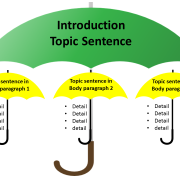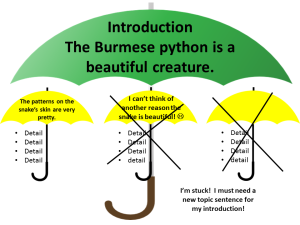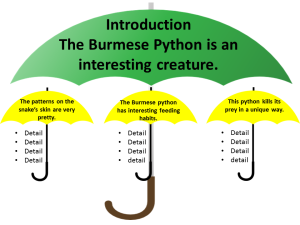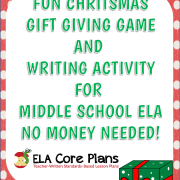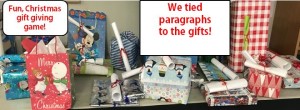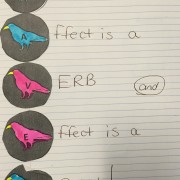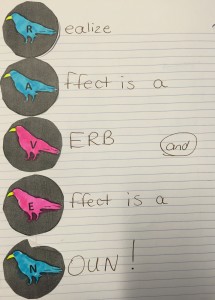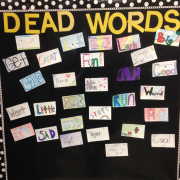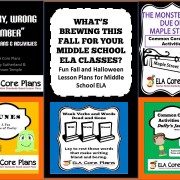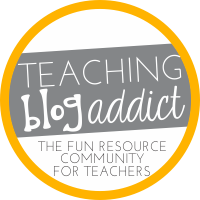It never fails. I return to school after summer break and spend the few days before the students return anxiously gathering all of my resources on how to teach writing. I am determined to find a new formula, a fresh approach, and a brilliant curriculum that will inspire the most reluctant students and transform my seventh graders into writers that will knock my socks off. I open eight or nine books plus an Internet site or two and pour over mini lessons, graphic organizers, and ideas on writing workshop until I study my eager- self silly. “Ooooh, this idea from Barry Lane is awesome!” “Nancy Atwell’s writing workshop can be added in every other day!” “Wow, what a perfect way to teach introductions!” The gears in my brain turn and whirl out a writing agenda for the entire year, and for a few fleeting moments right before the students return in August, I think I have it figured out. It only takes a little while for me to realize that I do not. When I take a look at my students’ first writing samples, I am reminded of the work that is cut out for me. There are those students who write a three page paragraph, those who are evidently allergic to correct capitalization and punctuation, those who cannot write a coherent sentence much less a paragraph or entire essay, and those who have a cookie- cutter style of writing with their “Do you have a favorite animal? I do.” beginnings. Mix that in with those who enthuse you with their refreshing style, those who have mastered their choice of words, those who you think, “Wow, this kid will be a novelist one day”, and you have a seventh grade language arts class. After a short lived, “How will I teach writing to students who are all over the spectrum?” panic attack, I take a deep breath and remind myself of one important truth: I have these students for one year. It is not my job to teach them everything under the sun about writing. They will not become perfect authors or poets in this one year, but they will improve. They will all be better writers when they leave the seventh grade. Once I settle in to this reality, I am ready to take on the challenge. I may not use all of the ideas I have read about, but there are, however, a few practices buckled tightly into my teaching repertoire that I do every year. The following are four of my top “MUSTS” for teaching writing:
Write with the students.
If I want my students to become writers, I myself must be one too. I continuously show my own writing process in front of them, mistakes and all. I let them see me free-write, scratch out and replace words, and correct words that I misspell. They watch me brainstorm, doodle when I am thinking, and sometimes just start all over. When we aren’t writing stories, essays, or poems, we complete guided journal entries. I guide students through writing exercises on using voice, description, suspense, etc. and model my own as we go. Of course, I stop and walk around to help them, but I always have something of my own for them to see.
Before Christmas write, write, write. After Christmas, revise, revise, revise!
If you are an ELA teacher, you are full aware that we must teach a whole lot more than just writing! It is hard fitting it all in. One thing that I have found helpful is to write rough drafts before Christmas and not revise them until after Christmas break. Once a draft is written, we move on to another piece of writing. Along the way, students learn from guided journaling, mini lessons, and from each other. I constantly walk around the room and say things like, “Oooh, everyone stop writing for a minute, and listen to Carla’s introduction!” Students really inspire one another when they share their writing. As for grading, I give my students a 100 as long as they complete the rough draft in the way that I have asked. Sometimes, I will grade papers for something that I have taught in a mini-lesson, but I will not take off for organization, word choice, voice, and conventions until the final draft is written later in the year. In the winter and spring, we return to our previous written assignments and revise. This way, the students have not grown tired of the piece, and they are able to make a fresh revision. My mini lessons after Christmas are focused on how to revise so that each day, the students know what to do. Once the piece is complete, I grade it using our state writing rubric.
Make it real, and make it fun!
Students do not like writing when it is only done for the teacher to read or to prepare for a test. A few years ago, I stumbled upon a genius idea. I decided that I would use writing contests to inspire and challenge my seventh graders. Scholastic holds an awesome publishing contest called Kids Are Authors. With this contest, students work in teams of three to write, illustrate, and publish a children’s book. I cannot tell you how excited my seventh graders are to work on this project. As a class, we first study children’s books, and then the kids work on their own. Their finished products are always phenomenal! Of course, we as teachers can also create our own competitions. One year our school held an American Writer Contest– like the television show, American Idol. Another idea that a fellow teacher and I developed is Extreme Makeover Writing Edition. This involves a class contest to see which group can most successfully “tear down” a weak essay and “rebuild it” with the tools of revision. In addition to contests, we must provide real audiences for our young writers. Simply allowing students to share their work with their classmates will give purpose to their pens hitting the paper.
Stress the trait of voice.
Of all of the traits of writing, I think voice is the most important. Without it, writing is as bland as grits without butter and salt. I tell each student that when I go home to read a stack of essays, his/her paper should be the one that makes me sit straight up and shout to my husband and children, “Come here! You have to hear this!” While voice cannot be taught, it can be modeled and identified. It is that elusive trait that shows a writer’s personality, passion, and creativity. As much as possible, I stop and discuss voice when we are reading essays, novels, or short stories. I also pull out or highlight lines from student writing and staple them to a bulletin board titled – Now That’s Voice! One thing that I always tell my students is, “What you write should cause a response in your reader.” It could be a tear, a smile, a chuckle, a “that is so true,” an “I can’t wait so see what’s going to happen”, or just a nod of the head. Without voice, however, a piece of writing sounds like Charlie Brown’s teacher “Whaaa waaa waaaa waaaa”, and the reader is most likely in Snoozeville.
So, until next year when I once again delve into all of my writing books to try and reinvent the wheel, it is nice to be settled in, to know my role, and to do what I know works. This year, I will keep calm and teach writing!
[ps_divider type=”default”]
About the Author
Shannon teaches 7th grade ELA and is one half of the creative team at ELA Core Plans. She loves her husband and kids, and while she loves her work, she pretty much lives for the summer.

